Note: the Freedom SL Wmn returned to our boot test this year unchanged, and was tested in both the All-Mountain Adventure category with its Alpine DIN sole blocks and also the Backcountry category with rockered, tech-compatible soles. The test results mirrored last year's, so the review content is adapted from last year's review. The tester commentary is from this year's test.
The range of options for skiers is huge on the Freedom SL W and gave our test team a lot to work through in getting a complete picture of this new featherweight Freeride crossover boot. First, the boot's range of fore-aft adjustment (a rare thing to begin with) is a whopping 8-degrees—as upright as 10-degrees and as forward leaning as 18. This is a useful feature in a boot designed to appeal to area-based skiers using alpine bindings, other using AT frame-style bindings as well as skiers utilizing light weight "tech" style bindings. Why? The differences in these bindings' ramp or "delta" angles can alter skiers' fore-aft balance hugely, so having the means to find an ideal lower leg angle regardless of binding choice is awesome. In addition to getting the forward lean dialed, the boot has a slightly outward or bowlegged lateral bias which some testers moderated using the single sided cuff adjustment. Once each testers' home base stance got figured, the on-snow tests came back aces, but those who didn't get the boot wired got a wild ride. This Pebax Rnew constructed boot (can you say light?) is a reactive, feely thing—ready to rock at a skier's bare hint of a movement. So good skiers starting from a balanced position loved how this boot skied—testers working from a less centered starting point got tossed.
The boot's merits on performance, adjustability and fit (this medium sits right in the middle of the category for "fit tension," or general tightness) were certainly enough for our test team to put this boot into their top third within the entire category. But this doesn't even take into consideration the boot's hike mode feature. Testers claimed its release mechanism was one of the very best of the whole test—an easy to use lever with an obviously in or out position. The range of touring "rotation," or fore-aft movement, was both massive and fluid, astounding, really. This unimpeded range and feel is enabled by the release mechanism's design which fully disconnects the upper from the lower avoiding the friction of mechanism parts rubbing together. Testers utilized the available alpine-DIN soles for testing but the SL comes with a rockered, tech-compatible toe sole and the alpine set is available as an aftermarket purchase. The SL's hike mode, plus the boot's fit and feel, plus its on-snow performance all combined to make fans of our test team's lift riders and backcountry purists alike.
There were a few gripes regarding some inconsistency of fit, mainly tightness in the toebox and over the midfoot, but testers who fully cooked the Intuition EVA liner found immediate relief here. Customers trying on this boot in a shop should keep this liner molding issue in mind. Not to be forgotten, testers loved the cosmetics on the SL, which are created with a micro film that's molecularly bonded to the shell in a special submersion bath. Cool for sure but why? Scarpa claims it’s a way to avoid adding pigments to the plastic which can have a negative impact on stiffness and flex feel. Speaking of flex, note that testers felt the 120 flex claim was off—and was much softer—which is probably a good mistake made for most women.
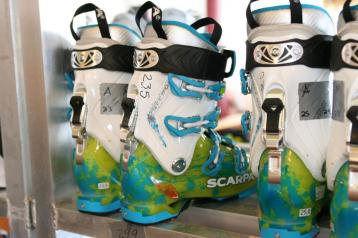
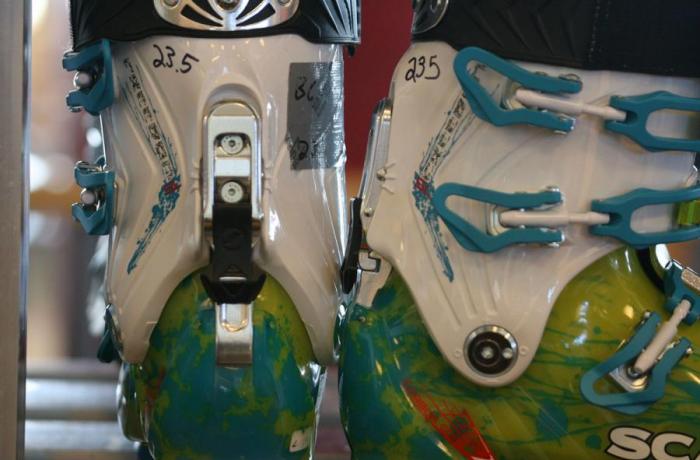
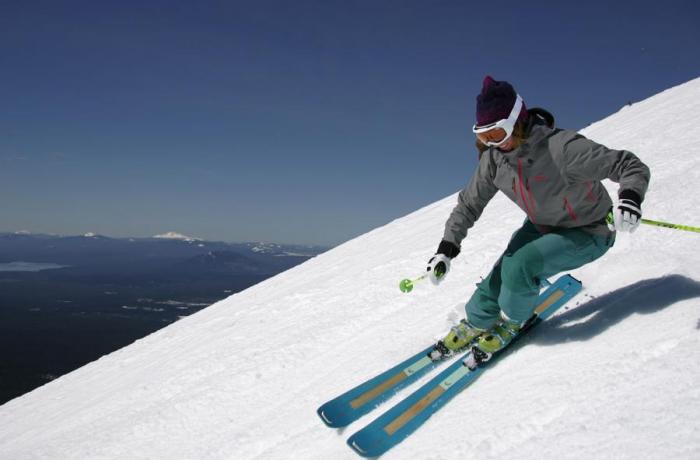



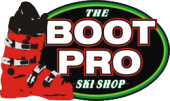



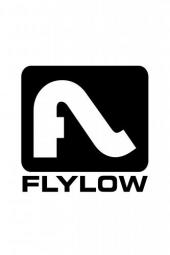



Kudos
Caveats